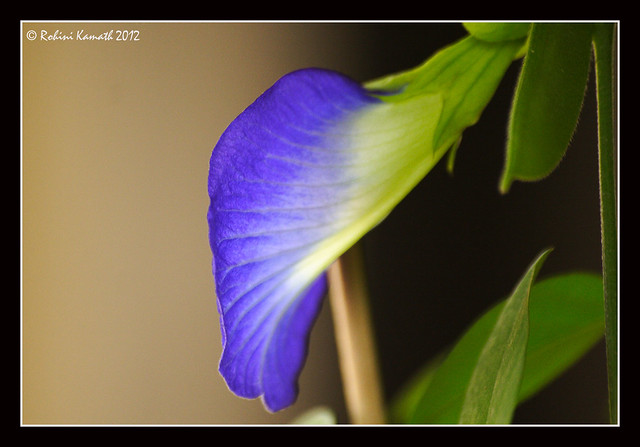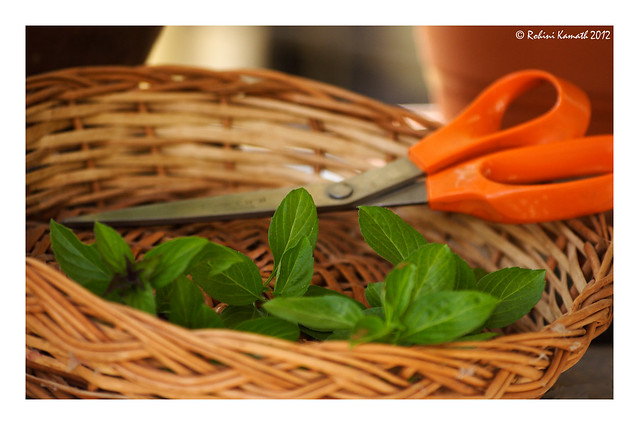
This is a lazy gardener post, so we'll get right to it. All the travels meant my plants had to pretty much fend for themselves. This isn't too hard on them because I believe in the "tough love" approach to caring for my plants. See bottom of post for how tough love works.
The Butterfly Pea - Clitoria ternatea
I've always wanted this vine for as long as I can remember, and I finally got the seeds from a colleague a couple of months ago. This creeper is native to India ( and parts of Tropical South asia), called Aparajita in Hindi, Konkani - Sankh Pushp because of its Conch shell like shape. It is available in 2 common colours - indigo blue and plain white. I have the blue colour species which I grew from seed. It is ridiculously easy to grow and requires very little care. It tolerates drought well.
It is a legume. Sound familiar? Remember biology classes? These are plants that fix atmospheric nitrogen into the soil. So planting this will actually improve the quality of your soil ( Yay! ).

The seeds, if you get them from someone will be in the form of dried pods. Peel open to reveal about 5-6 little black seeds . If planting in a pot, place 2-3 seeds per pot (for a medium pot). Use a tool to make a tiny depression for each seed. Just chuck the seeds in the holes and water over to moisten the soil. Wait.
Waiting can be quite long, I found one plant germinating weeks after planting, I had forgotten all about it.
I re-use bamboo skewers from barbecues as vine supports for this creeper. They don't really need a support if grown on ground, they form into a bush on their own.
The Flowers

The bud is actually hard to spot, and you'll be surprised by a massive flower one fine morning. 1 - 2 flowers can be expected every few days on a new plant. The flowers are edible and wikipedia says that they can be dipped in batter and fried. I haven't tried this myself.
The flowers last a whole day and then fade and crumple. Eventually a seed pod - like a flat french bean will start to form. Leave it alone until it dries to a light beige brown before harvesting.
Should I grow this Plant ?
Lets recap, the plant is easy to grow, it produces pretty blue flowers, doesn't need lot of water, parts of it are edible and it improves soil quality. If that wasnt enough, it is used in ayurvedic medicine to cure a variety of ills ( see wikipedia link for details ). What more reasons would you need?
Best Wishes from me and K on Makara Sankranti ( which falls on 14th January every year). Incase you were wondering why it comes on the same day every year, when most Indian festivals don't, its because it is a Solar event. The other festivals follow the lunar calendar.
This is a harvest festival, so I thought of having a little harvest of my own, Im leaving you with a photo of my crop of Basil.

1. Do not over water. There are dozens of news articles on how people are over watering their lawns and gardens and adding to the water shortage problem. Plants need less water than we think they do.
2. Keep plant species that are native to the climate and temperature. They will react better to the conditions and need less care.
3. For balcony gardeners, make sure the plants are arranged to make max use of Light and Shade areas of the balcony. For indian climate, avoid the harsh direct sun where possible, the less water is lost to evaporation, the less water is needed.
Ofcourse, this will come naturally to you if you are lazy like me, and forget to water your plants anyway. :)
Signs of Over Watering
Lower leaves will go yellow
Plant looks unhappy and wilted
Roots will be rotting in the soil
No new growth seen
Young leaves will turn brown
Leaves may seem limp and droopy





